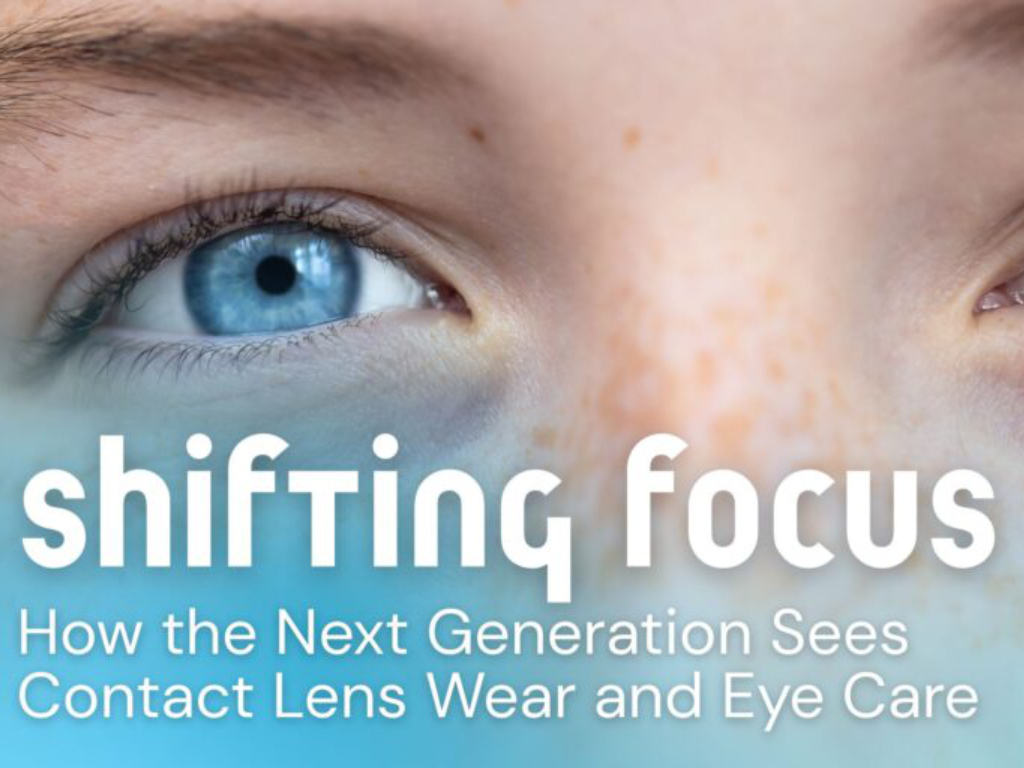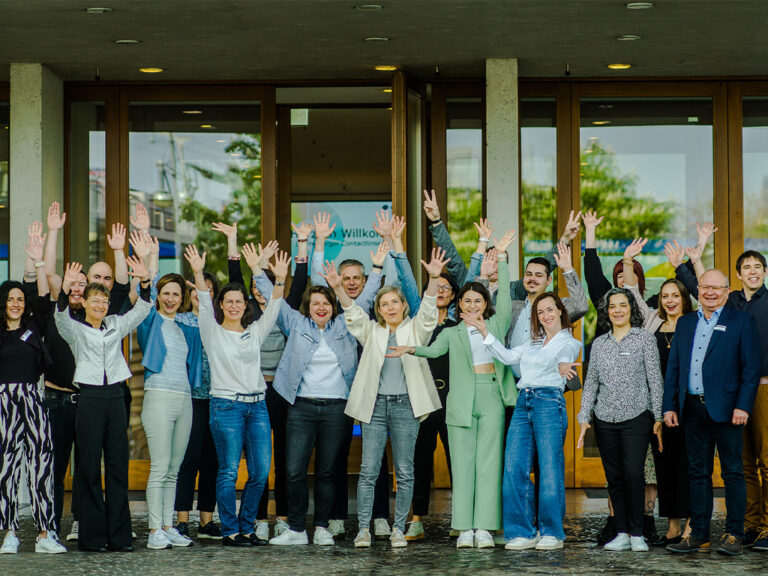CLI study about contact lens adoption

New consumer research from Contact Lens Institute (CLI) indicates there is substantial opportunity for increased contact lens adoption by Gen Z, as well as identifying purchase drivers that the eyecare community can employ to encourage contact lens usage, the organization announced. The data indicates an 8 percent difference in Gen Z contact lens wear (35 percent) compared with Millennials (43 percent) and with Gen X (22 percent). The findings, which will be the focus of a Main Stage panel at Vision Expo West this week, provide a sneak peek at expansive cross-generational insights in development as part of CLI’s See Tomorrow initiative, the organization added.
CLI surveyed 1,308 vision-corrected respondents in the U.S. and Canada during July and August 2025 across three generations: Gen Zers (ages 15-28), Millennials (ages 29-44), and Gen Xers (ages 45-60).
“Since 2021, our See Tomorrow program has given the eyecare community unique information and perspectives to help grow contact lens prescribing,” said Stan Rogaski, CLI’s executive director. “To our knowledge, never before has work of this scale been conducted for contact lenses that also has implications for the entire eyecare sector. The takeaways can influence how practice teams and retailers shape their communications with current and potential patients alike. For instance, personal mindsets of Gen X owners or Millennial managers may not always align with the Gen Z customer, prompting new approaches.”
In a statement CLI said that Millennial reporting of significant contact lens wear (43 percent) paints a picture of what may be possible with Gen Z; the eight-point gap represents a considerable unmet upside in patient volumes, practice revenue, and wearer lifestyle benefits. So too does another measure, CLI added, which indicated that among dual wearers (i.e., patients who use both glasses and contact lenses), Millennials use their contact lenses 7 percent more often than Gen Z (52 percent and 45 percent, respectively).
Beyond statistically significant differences that show Millennials appreciating contact lenses’ comfort and ease of use more than Gen Z, pandemic-influenced short-term changes in practice visit frequency and prescribing may have had a greater long-term impact on a younger population. Reasoning for the variation will be more deeply explored in follow-up reports as data continues to be analyzed, CLI stated.
In an attempt to understand how Gen Z may be distinctive from older populations when it comes to choosing a product or service, CLI asked respondents to indicate the importance of eight value-centred factors in their decision-making, whether for eyecare or otherwise.
The three values ranked highest across all ages: affordability (85 percent to 89 percent), convenience of purchase (69 percent to 73 percent), and speed to obtain the product (66 percent to 71 percent). This infers that the eyecare community should continue to optimize for these, knowing they’ll be received positively by the vast majority of patients and customers.
However, four values demonstrated higher influence among Gen Z and Millennials versus Gen X: brand authenticity (Z: 63 percent, M: 63 percent, X: 54 percent), individual expression and personalization opportunities (Z: 58 percent, M: 55 percent, X: 45 percent), brand social responsibility (Z: 51 percent, M: 47 percent, X: 33 percent), and living for today (Z: 48 percent, M: 48 percent, X: 39 percent). All four present areas for practices to tailor their communications and marketing activities to better engage younger populations.
During Vision Expo West, CLI said the organization is diving deeper into the social responsibility factor, since it exhibited the greatest variability between Gen Z and Gen X, an 18-point span. The CLI survey asked all respondents about the importance of particular social values on their choice of eyecare practice and eyecare products, revealing multiple opportunities for the eyecare community to lean into existing and new initiatives.
When it comes to choosing eyecare practices, about one in two Gen Z respondents said that inclusive culture (52 percent), environmental responsibility (49 percent), and doctor diversity (47 percent) were extremely or very important, with staff diversity, philanthropic initiatives, and community involvement ranking slightly lower (43 percent, 42 percent and 42 percent, respectively).
For eyecare products, environmental/sustainability (46 percent), inclusivity (44 percent), and diversity (43 percent) initiatives ranked highest, followed by social justice (40 percent) and philanthropic initiatives (39 percent).
While Millennial responses generally mirrored Gen Z, although to a slightly lesser extent, Gen X responses hovered from the mid-20 percent to low 30 percent range.
“Gen Z is known for being more socially connected than their older peers, and our research suggests that this also affects how they make eyecare decisions,” said Rogaski. “In many cases, practices and brands can amplify existing programs and efforts to highlight this shared value. At the same time, they should realize that these social values may not resonate as much with Gen X, so communication with older consumers may need to focus on other factors.”
Four CLI visionaries will take to the Vision Expo West Main Stage today, from 2:30 to 3:00 p.m. to discuss the initial findings. Shifting Focus: How the Next Generation Sees Contact Lens Wear and Eye Care features Harbir Sian, OD, the co-owner of Clarity Eyecare and Highstreet Eyecare Center in Vancouver, B.C.; Jenn Seymour, LDO, NCLE-AC, ABO-AC, president of the Opticians Association of Nevada; Andrew Bruce, LDO, ABOM, NCLEM, FCLSA, the founder of ASB Opticianry Education Services in Vancouver, Wash.; and Jade Coats, OD, FAAO, the 2025 Theia Awards of Excellence Young OD of the Year co-honoree.
The panel will double as a taping for The 20/20 Podcast, hosted by Dr. Sian, with the episode to air in the coming weeks.
CLI expects to release additional data from the cross-generational survey for the American Academy of Optometry annual meeting in mid-October, followed by publication of a comprehensive report in November, the organization noted.







